As part of our journey from Ljubljana in Slovenia to Milan in Italy we traveled on the Trieste-Opicina Tram. This is the only time we’ve had to break up a train journey with a tram ride, so it was an interesting experience. What’s unusual about this tramway is that it’s part tram and part funicular railway. It connects the village of Villa Opicina, which is up in the hills, with the city of Trieste.
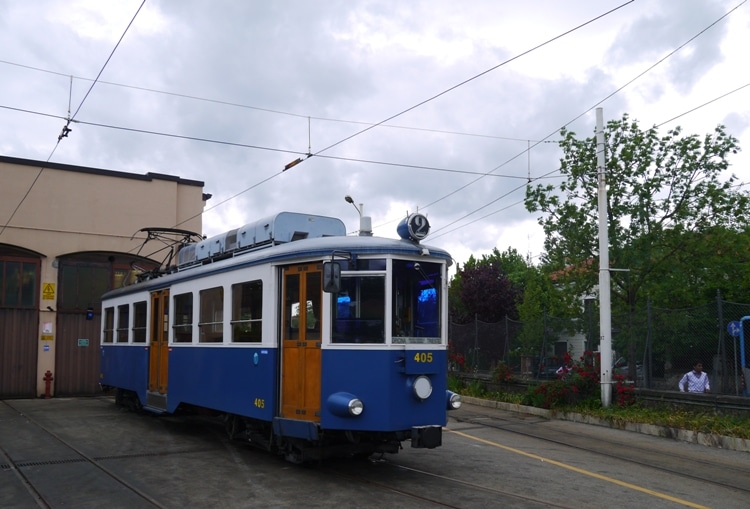
We took the tram from Villa Opicina to Trieste, which is a journey of around 5.2 km (3.2 miles). The trams depart every 20 minutes from around 07:00-20:00. Villa Opicina is the highest point of the track, being 329 meters above sea level. The tram station is around a 15-minute walk from the train station.
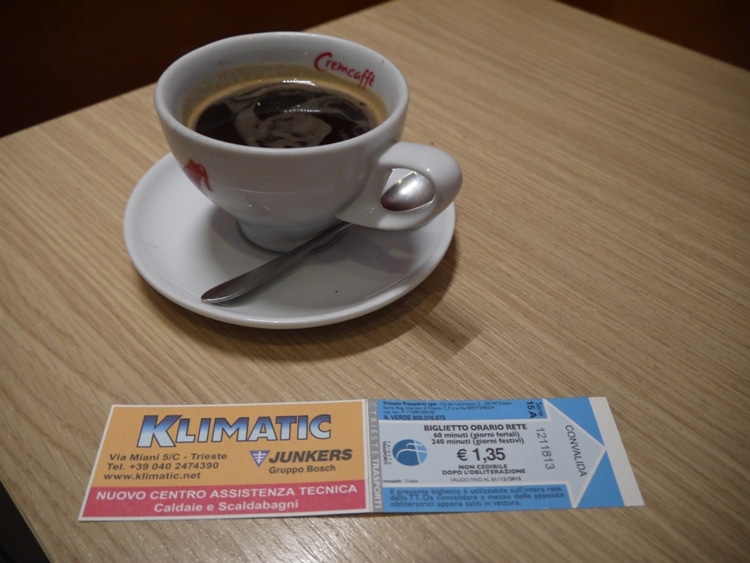
There is a cafe at the Villa Opicina terminus and this is where you can buy your tickets, as well as grabbing a coffee, which is what all the locals seem to do while waiting for the next tram. Tickets cost just EUR 1.35 and are valid for 60 minutes. That means you can stay on the tram if you want and take more than one journey. Or you could get off on route, have a look around and get back on the next one.
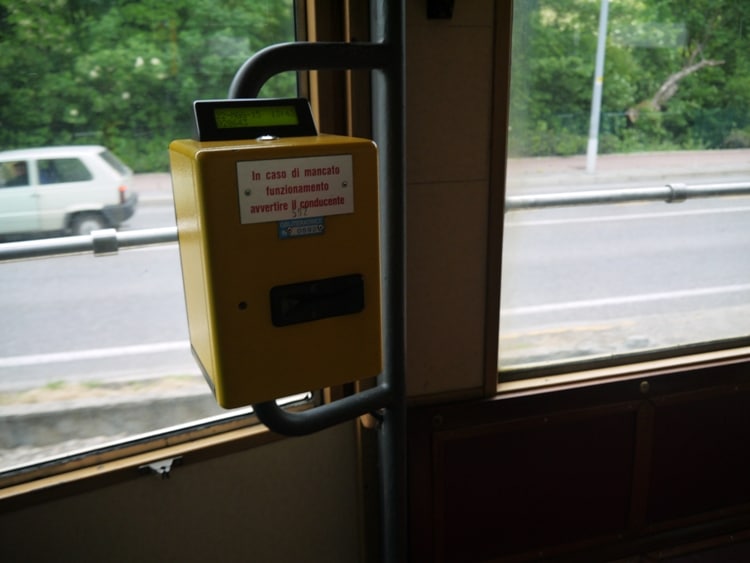
When you get on the tram you need to validate your ticket using the yellow ticket validating machine. This stamps the time and date on the ticket. Your ticket is valid for 60 minutes from this time stamp.
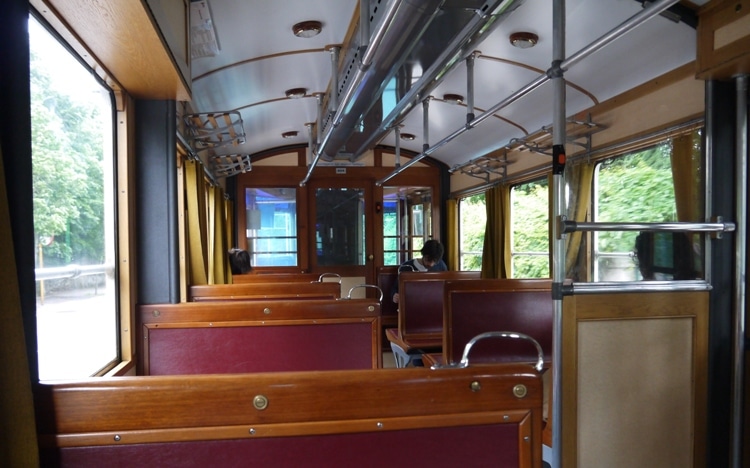
The trams are very old and the inside reflects this. The seats are pretty hard, but it’s only a short journey so it doesn’t really matter.
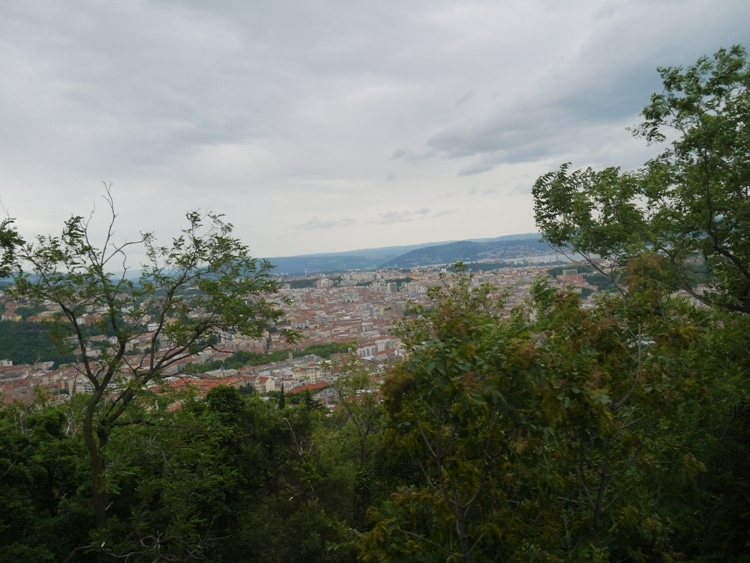
As the tram starts from the top of a hill you get a view of Trieste below. But this view is mostly obscured by trees growing next to the track.
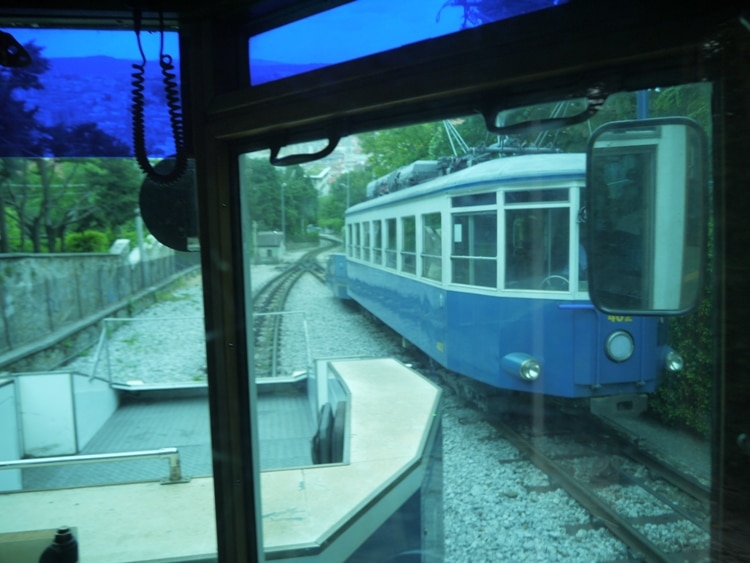
The funicular section of the track is around 800 meters long. Above you can see another tram passing on this section of the track.
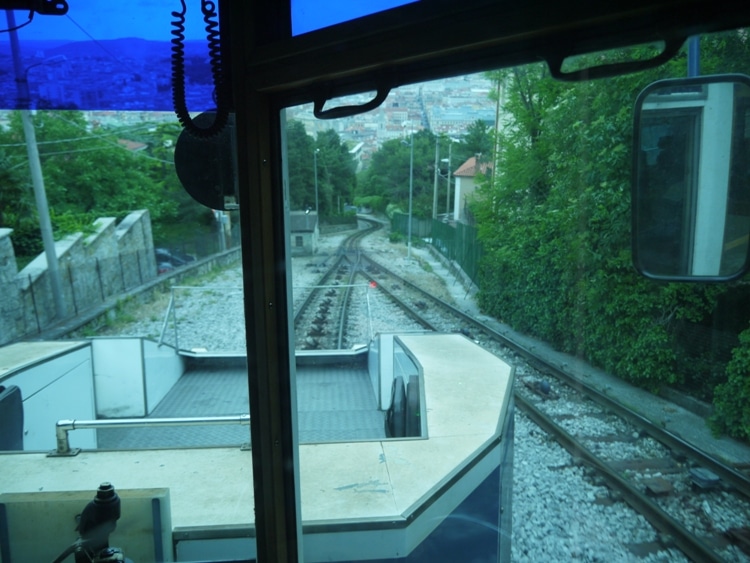
You can get a great view of the track by standing at the front of the tram just behind the driver’s cabin.
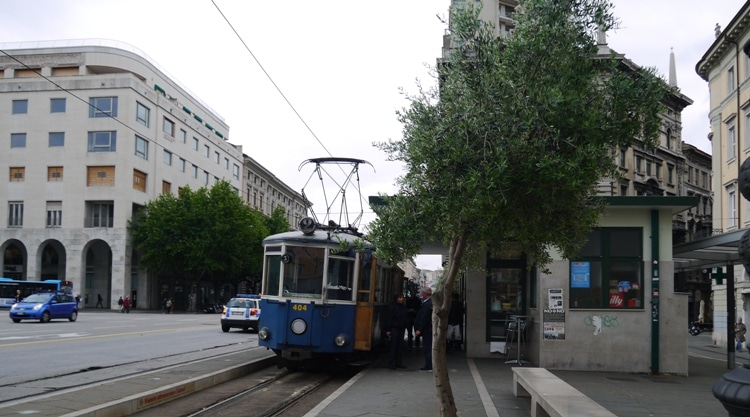
There are a total of 13 stops on this route. The terminus in Trieste is at Piazza Oberdan.
Interesting Facts
1. There are six tramcars that run along this route, numbers 401-402 and 404-407. Tramcar 403 was destroyed in an accident. 2. In 1948 the tram transported a recorded number of 3,162,618 people. The height of its popularity was the late 1940s to early 1960s. 3. The tram was recently closed for maintenance between September 2012 and July 2014, so has only been open less than a year since then. 4. The tram first started running in 1902. 5. During the war, in 1944, a bomb was placed on one of the trams that was carrying German soldiers. 6. During bitter winters in the 1930s and 1940s the trams ran day and night. This prevented the cables and brakes from icing up, thus ensuring the trams could run during the daytime.
Where To Stay In Trieste
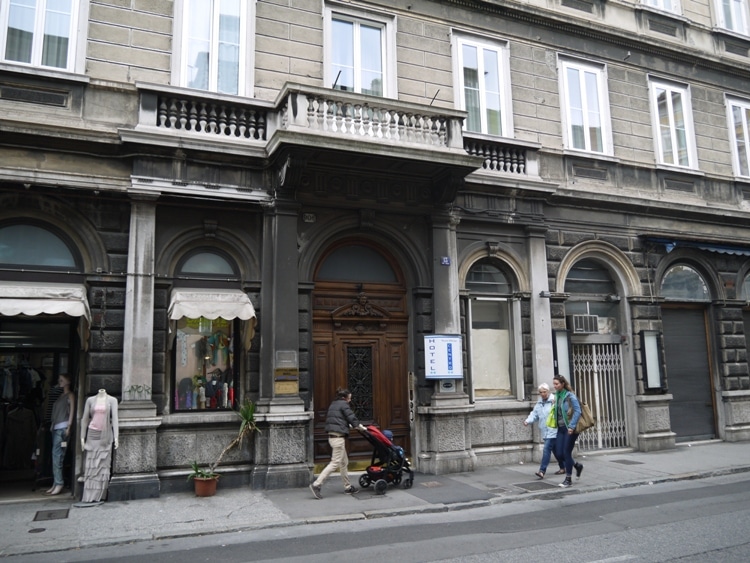
While in Trieste we stayed at the centrally located Nuovo Albergo Centro Hotel. For other great hotels in Trieste, check out our favorite hotel booking site, Agoda Trieste.
